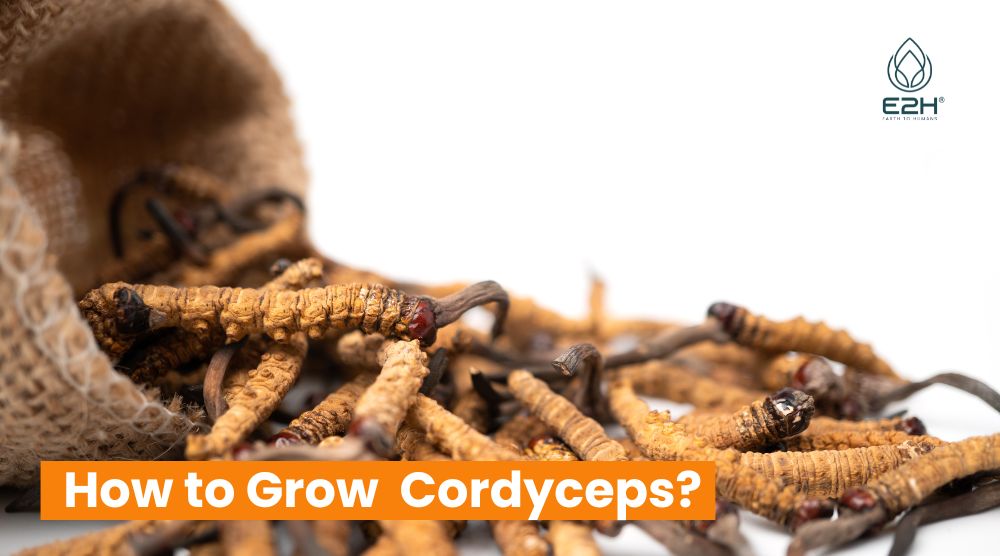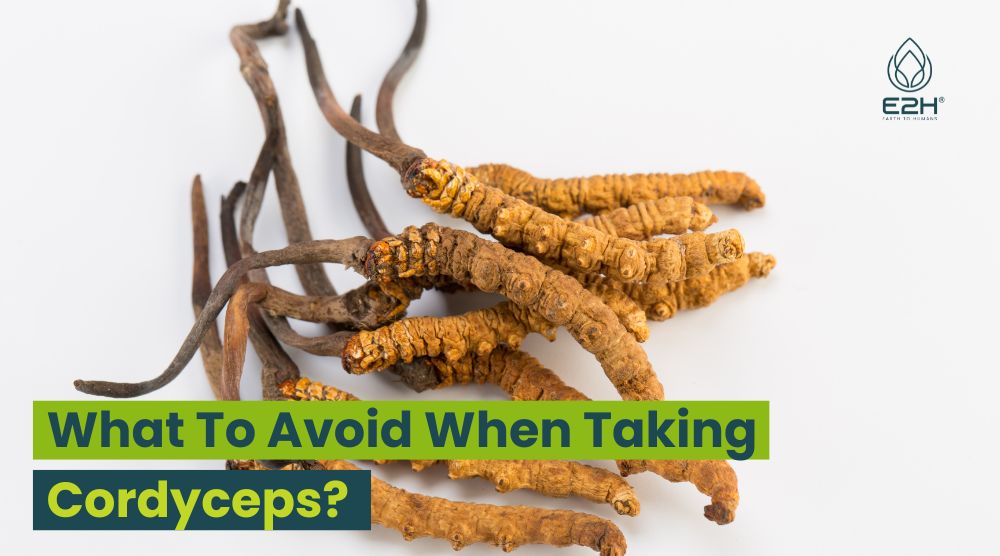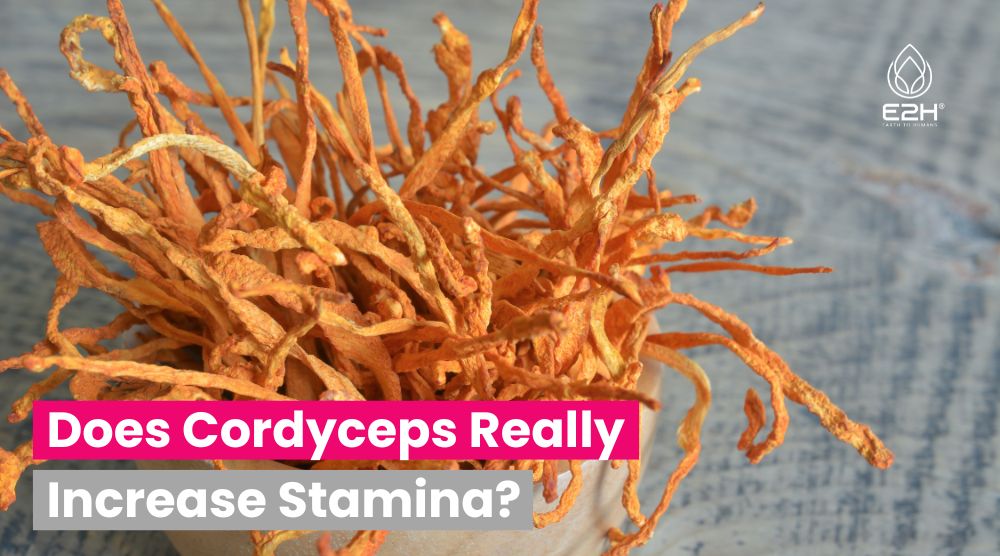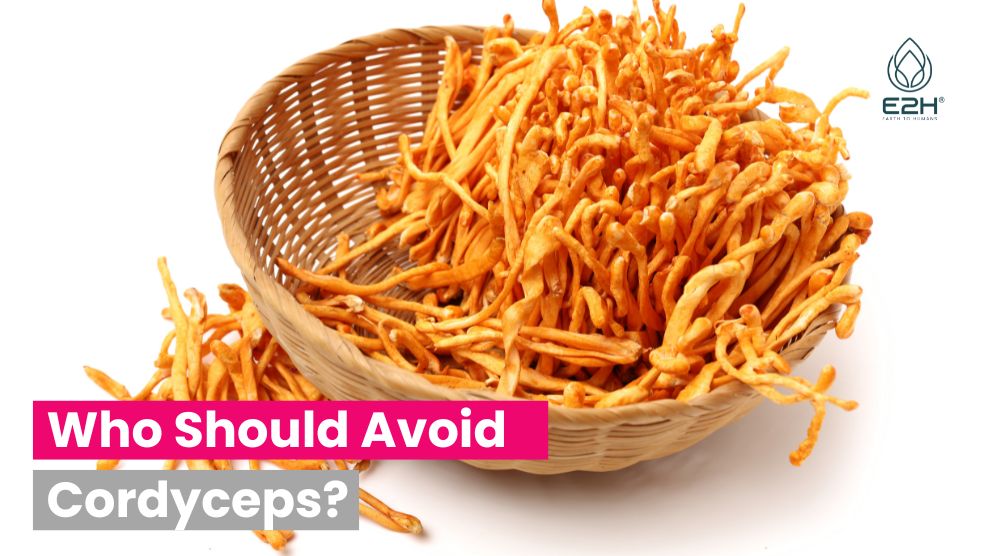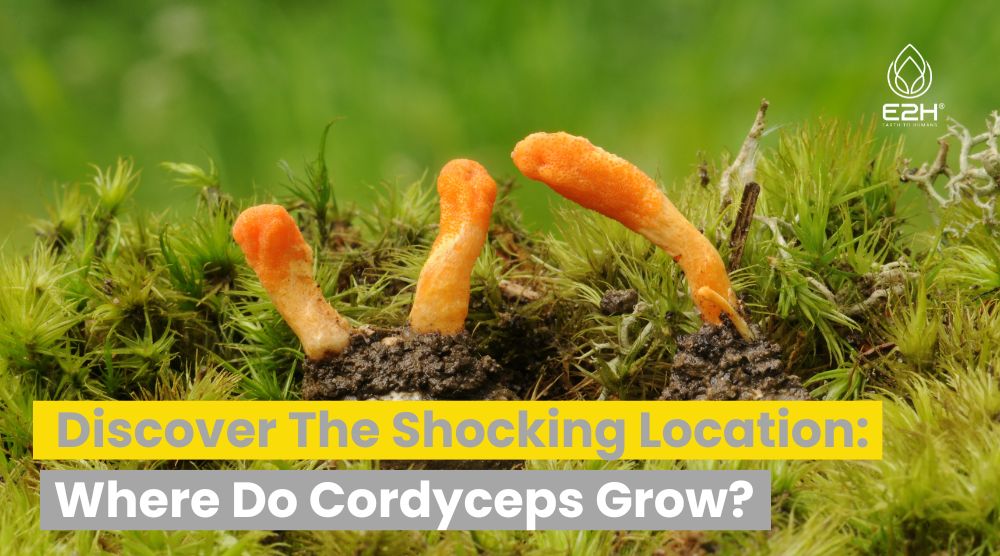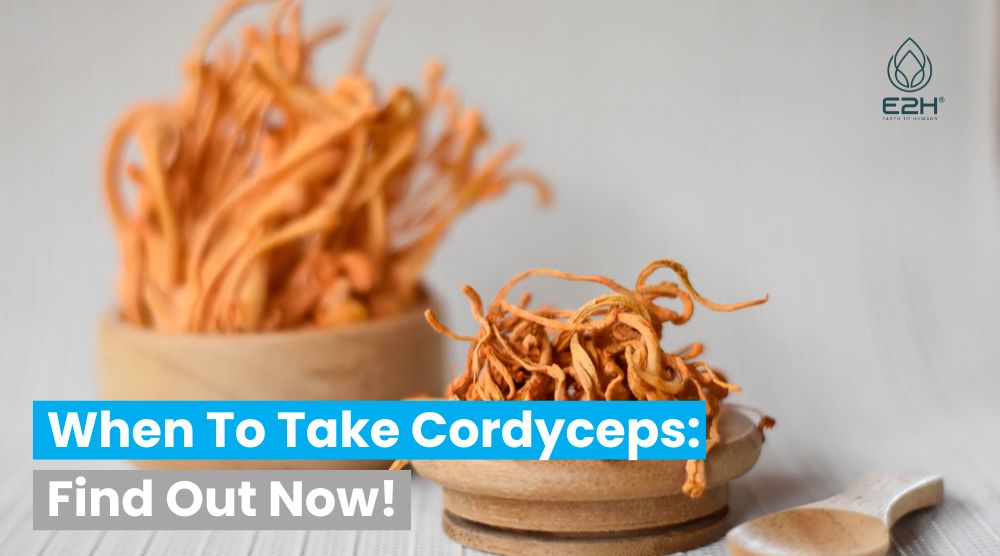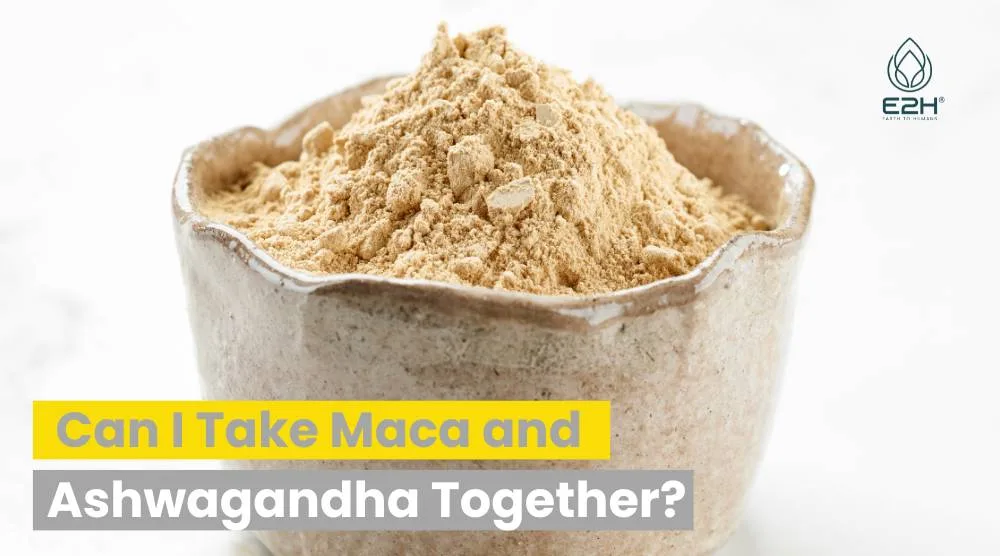Are you intrigued by the world of fungi cultivation? Dive deep into the captivating journey of learning how to grow cordyceps, a venture that promises not only a wealth of knowledge but also a fulfilling and enjoyable hobby.
Imagine nurturing your very own cordyceps garden, a sanctuary where you can witness the miraculous growth cycle of these fascinating fungi, right in the comfort of your home. Don’t just daydream about it; take the plunge! Embark on this enriching journey today, and immerse yourself in the rewarding world of cordyceps cultivation.
The Fascinating World of Cordyceps
In the vibrant realm of fungi, cordyceps mushrooms hold a special place, captivating the hearts of many enthusiasts. These unique mushrooms are not only a sight to behold but also bring a plethora of incredible health benefits to the table. As you step into this fascinating world, you’ll find that learning how to grow cordyceps is a delightful adventure waiting to unfold.
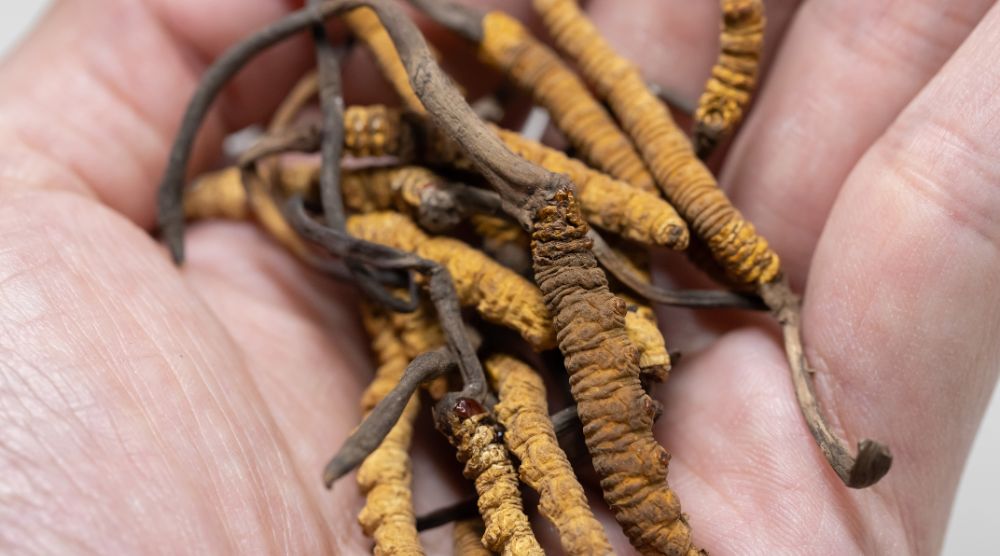
Growing cordyceps at home is not just a hobby, it’s a rewarding experience that brings you closer to nature. Imagine the joy of watching these little wonders sprout and flourish under your care. It’s a journey filled with learning and excitement, where each day brings new discoveries and joys.
Before you dive in, it’s essential to gather the necessary tools and ingredients. From selecting the right substrate to understanding the growth cycle, every detail matters. As you prepare to embark on this journey, remember that patience and dedication are your best allies.
Step-by-Step Guide: How to Grow Cordyceps
Choosing the right strain is your first step in this exciting journey. Different strains have varying characteristics, and understanding these can help you select the one that suits your preferences and conditions best. As you delve deeper, you’ll find that each strain brings its own set of wonders and challenges.
Next, we move to the inoculation process, a crucial step in learning how to grow cordyceps. This stage involves introducing the cordyceps spawn to the prepared media. It’s a delicate process that requires precision and care, ensuring that the environment is conducive for growth.
As your cordyceps begin to grow, monitoring their development becomes vital. Keeping an eye on the temperature, moisture levels artificial light, and other factors can help ensure a healthy growth cycle. Remember, a happy mushroom is a growing mushroom, and providing the right conditions is key to a successful harvest.
Tips and Tricks for a Successful Harvest
As your cordyceps reach the fruiting stage, understanding the ideal temperature, light cycles and conditions for this phase becomes essential. Creating the right light cycle and maintaining optimal temperatures can significantly influence the success of your fruit and your harvest. It’s a time of anticipation, as you watch your cordyceps grow and flourish.
Harvesting your cordyceps is a moment of joy and accomplishment. Knowing the right time to harvest cultivate cordyceps is crucial to ensure the best quality and potency harvested. As you gather fruit from your harvest, you’ll find that the fruits of your labor are indeed sweet, promising a bounty of culinary and medicinal delights.
Utilizing your harvest wisely is the final step in this journey. Cordyceps offer a range of culinary and medicinal uses, from making delicious broths to creating potent extracts and supplements. As you explore the various ways to use your harvested cordyceps, you’ll find that each method brings its own set of benefits and joys.
As we wrap up this delightful journey, remember that the world of cordyceps and cultivation methods is vast and ever-evolving. Each step in this process is a learning experience, promising new discoveries and joys. So, why wait? Embark on your cordyceps growing adventure today, and discover the wonders that await!
What are some tips for identifying high-quality cordyceps mushrooms?
Identifying high-quality wild cordyceps and mushrooms requires a keen eye and knowledge of their unique characteristics. First, genuine cordyceps will have a vibrant orange or reddish hue, indicating their active compounds.
The texture should be slightly brittle but not overly dry. High-quality wild cordyceps’ will also have a distinct, earthy aroma, devoid of any moldy or off-putting scents. It’s essential to ensure that the cordyceps are free from contaminants, so always look for any signs of mold or discoloration.
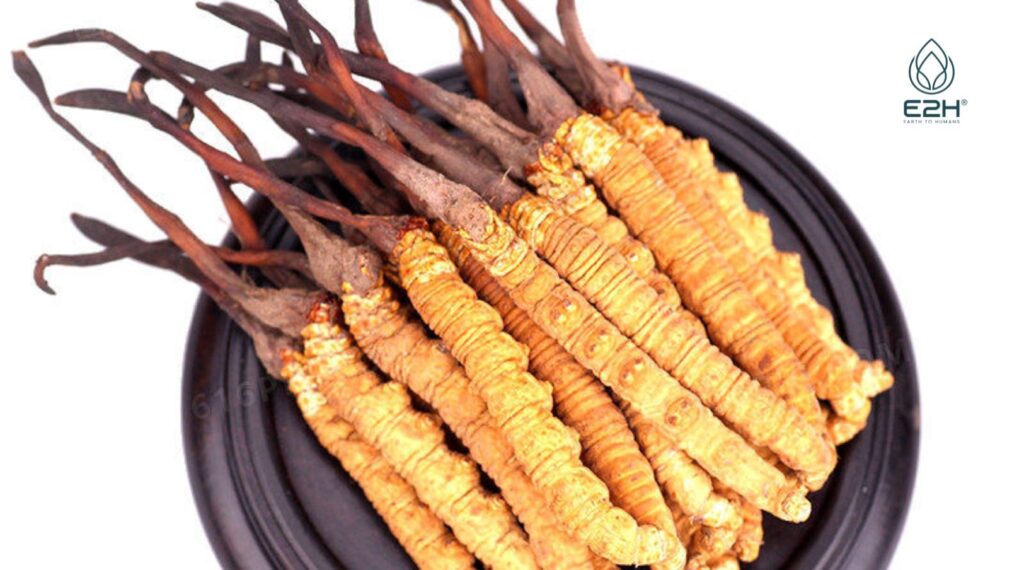
Lastly, sourcing plays a crucial role. Always purchase from reputable suppliers who can provide information on the cordyceps’ origin and cultivation methods. Certifications or third-party testing can also be indicators of the cordyceps supplements quality and purity.
How does the growth cycle of Cordyceps militaris differ from other mushroom varieties?
The growth cycle of Cordyceps militaris is quite distinct compared to other mushroom species. While most mushrooms are saprophytic, thriving on decaying organic matter, Cordyceps militaris is historically a parasitic fungus, growing on insects and arthropods in the wild.
However, in controlled cultivation, it is grown on a substrate enriched with nutrients, often mimicking its natural habitat. The growth cycle consume cordyceps militaris also comprises several stages: inoculation, colonization, and fruiting. The fruiting stage is particularly interesting as it requires specific environmental conditions, including precise temperature and light exposure, to encourage the growth of vibrant orange to red fruiting bodies, a characteristic feature of this species.
Moreover, Cordyceps militaris has a relatively shorter growth cycle, which, coupled with its medicinal properties, makes it a popular choice for commercial cultivation.
What are the medicinal benefits associated with Cordyceps mushrooms?
Cordyceps mushrooms are renowned in the world of traditional medicine, particularly in Chinese and Tibetan medicinal practices. These mushrooms are believed to possess a range of health benefits, including boosting immune function, enhancing athletic performance, and improving respiratory health. They are also known to have potential anti-aging properties and the ability to improve heart health by regulating cholesterol levels.
Furthermore, some studies suggest that cordyceps can help in managing type 2 diabetes by influencing insulin sensitivity and blood sugar levels. It is also believed to have anti-inflammatory properties and can potentially aid in fighting cancer cells. However, it is essential to note that while the medicinal properties of cordyceps are promising, more research is needed to fully understand their potential and efficacy.
What role does the cordyceps mycelium play in the growth and development of the mushroom?
The cordyceps sinensis mycelium plays a pivotal role in the growth and development of the mushroom. It represents the vegetative part of the fungus, consisting of a network of fine, thread-like structures called hyphae.
This mycelial network serves as the foundation of the mushroom’s life cycle, facilitating nutrient absorption from the growth medium. It secretes enzymes that break down complex organic compounds in the substrate into simpler molecules, which are then absorbed to support growth. As the cordyceps sinensis mycelium matures, it undergoes a process of consolidation, where it forms a dense and compact mass.
This mass eventually gives rise to the fruiting body, the reproductive structure of medicinal mushroom where spores are produced. The mycelium not only supports the growth of the fruiting body but also protects it from infections and adverse environmental conditions, ensuring a healthy and successful development cycle.
What are the characteristics of a healthy cordyceps fruiting body?
A healthy cordyceps fruiting body exhibits several distinct characteristics that signify optimal growth and development. Firstly, it possesses a vibrant coloration, ranging from bright orange to deep red, indicating the presence of active compounds and nutrients. The texture of a healthy fruiting body is firm yet pliable, showcasing its freshness and vitality.
Moreover, it should have a well-defined structure, with a clear differentiation between the stroma (the elongated stem-like part) and the ascoma (the head or spore-producing region). A uniform growth without any signs of contamination or infection is another hallmark of a healthy fruiting body.
Furthermore, it should emit a pleasant, earthy aroma, indicative of its potency and quality. When cultivated under optimal conditions, the cordyceps fruiting body can reach its full potential, offering a rich source of medicinal compounds and nutrients beneficial for human health.
Do Cordyceps grow in the United States?
Yes, Cordyceps do grow in the United States, predominantly in the wild regions of North America. Various species of Cordyceps have been identified in different states, thriving in diverse ecosystems. Moreover, the cultivation commercially cultivated, of Cordyceps, particularly Cordyceps militaris, has seen a significant rise in the US, with numerous cultivators adopting sophisticated techniques to grow these medicinal mushrooms commercially cultivated, catering to the increasing demand in the overall health, and wellness sector.
Can Cordyceps grow on wood?
Cordyceps primarily grow on insects and arthropods in their natural habitat. However, in controlled cultivation environments, they can be grown on a variety of substrates, including wood-based mediums. Utilizing wood as a cultivated substrate often involves incorporating it with other nutrients to create a conducive environment for the growth of Cordyceps mycelium, eventually leading to the development of healthy fruiting bodies. This adaptation in cultivation techniques allows for a sustainable and efficient production of various Cordyceps products.
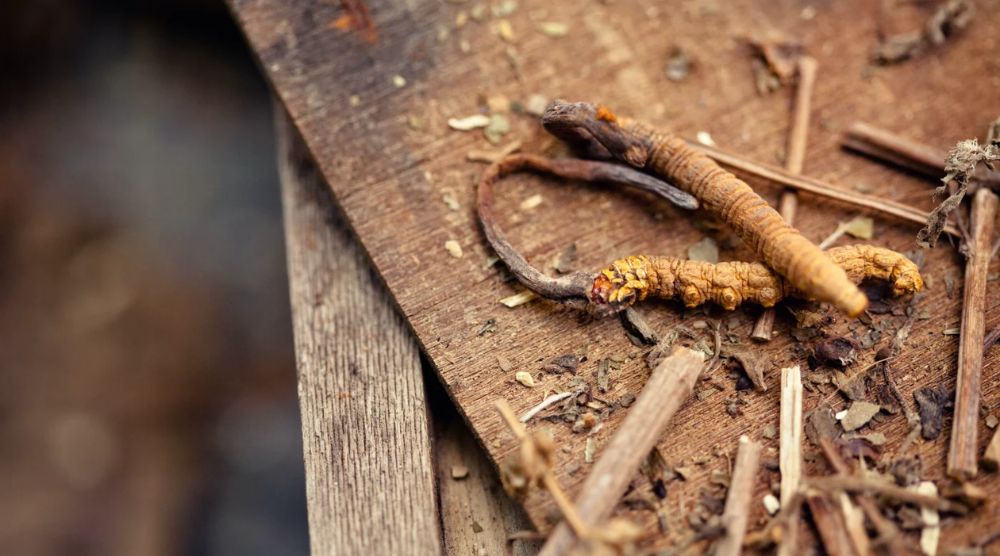
Can Cordyceps grow without insects?
Yes, Cordyceps can grow without insects, especially in a controlled cultivation setup. While they are naturally parasitic, growing on insects in the wild, modern cultivation techniques have enabled the growth of Cordyceps on various nutrient-enriched substrates that mimic their natural habitat. These substrates can include a combination mix of grains, rice, and other organic materials, providing the necessary nutrients for the Cordyceps to thrive and develop into healthy fruiting bodies, without the need for insect hosts.
How to Grow Cordyceps Militaris With Uncle Ben’s Ready Rice
FAQs
How do I start growing Cordyceps at home?
To start growing cordyceps at home, you’ll need to acquire cordyceps spawn, prepare a nutrient-rich substrate, and maintain specific environmental conditions including temperature and humidity to encourage growth and development.
Can Cordyceps be used in culinary dishes?
Yes, cordyceps can be used in culinary dishes. They are known for their earthy flavor and can be used in soups, broths, and even teas, adding a nutritious and gourmet touch to your meals.
Are there any health benefits associated with consuming Cordyceps?
Yes, cordyceps may boost immunity, enhance energy, and offer potential anti-aging properties.
Conclusion
Are you captivated by the magical world of fungi and eager to dive in? The journey of discovering how to grow cordyceps is not just an educational experience, but a doorway to a hobby that can bring immense joy and satisfaction. Imagine having your very own cordyceps garden, a place where nature meets nurture, offering not only a therapeutic pastime but also a treasure trove of culinary and medicinal wonders. Don’t just dream about it, make it a reality! Start your cordyceps cultivation adventure today, and step into a world brimming with possibilities and delights.
